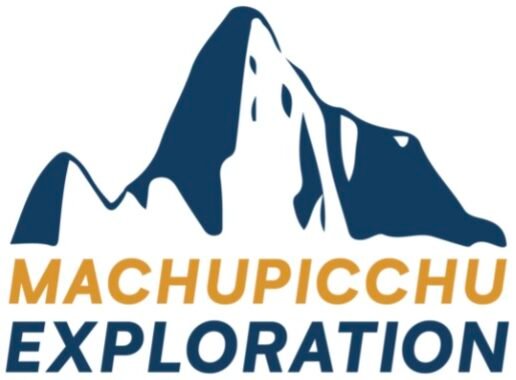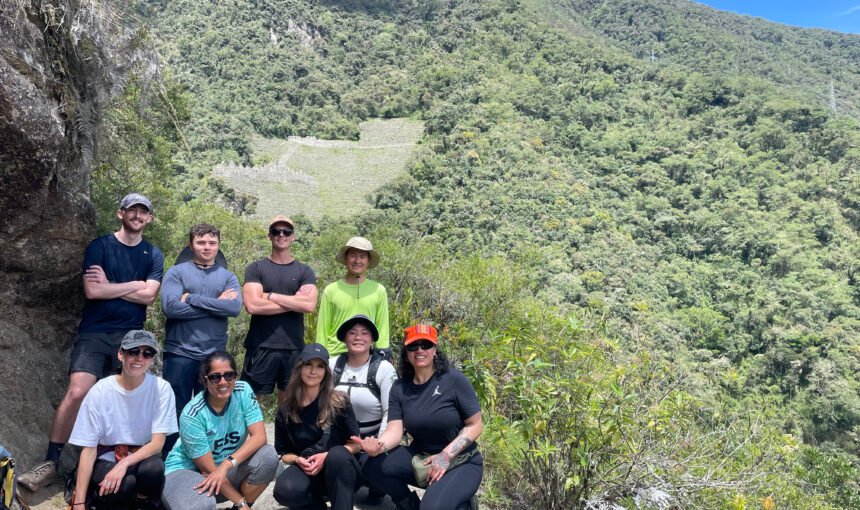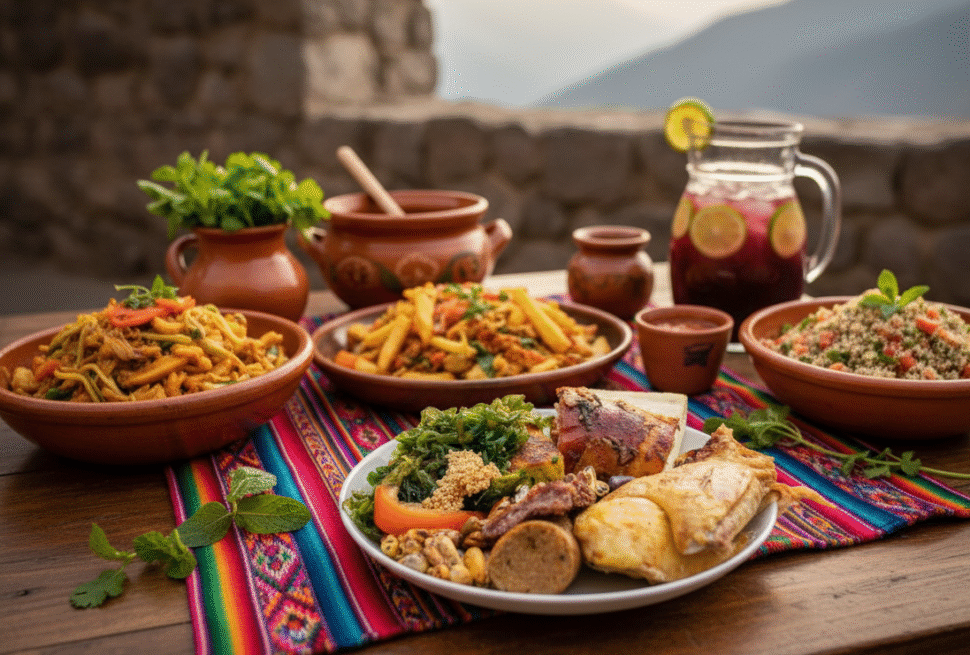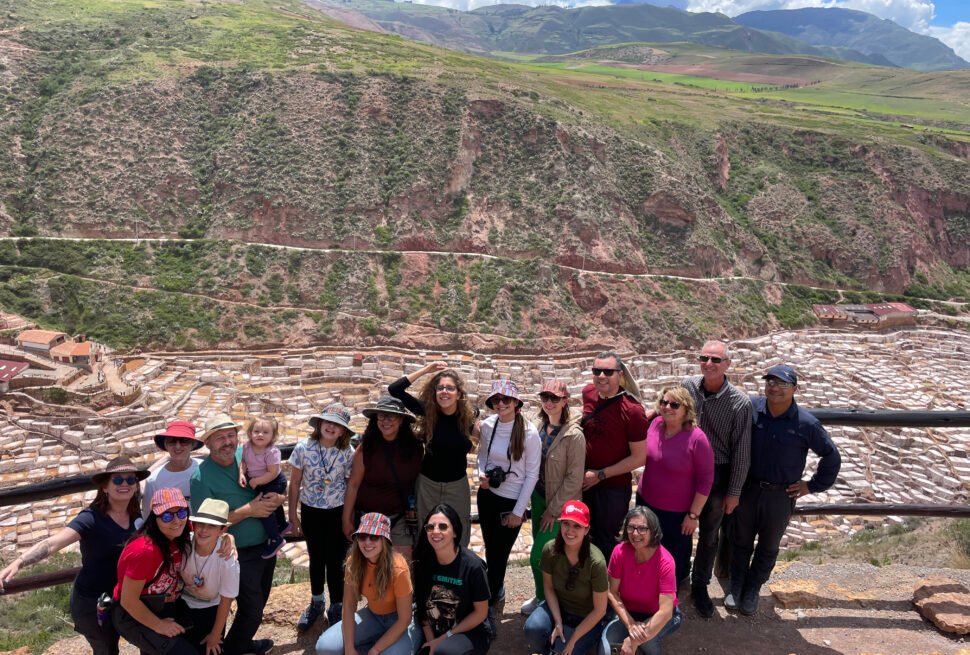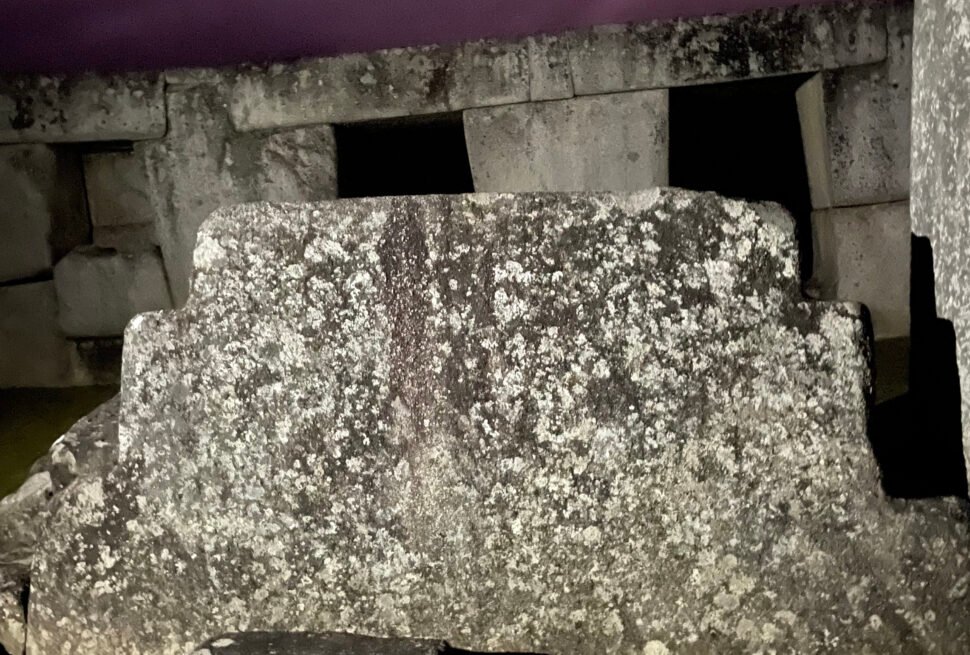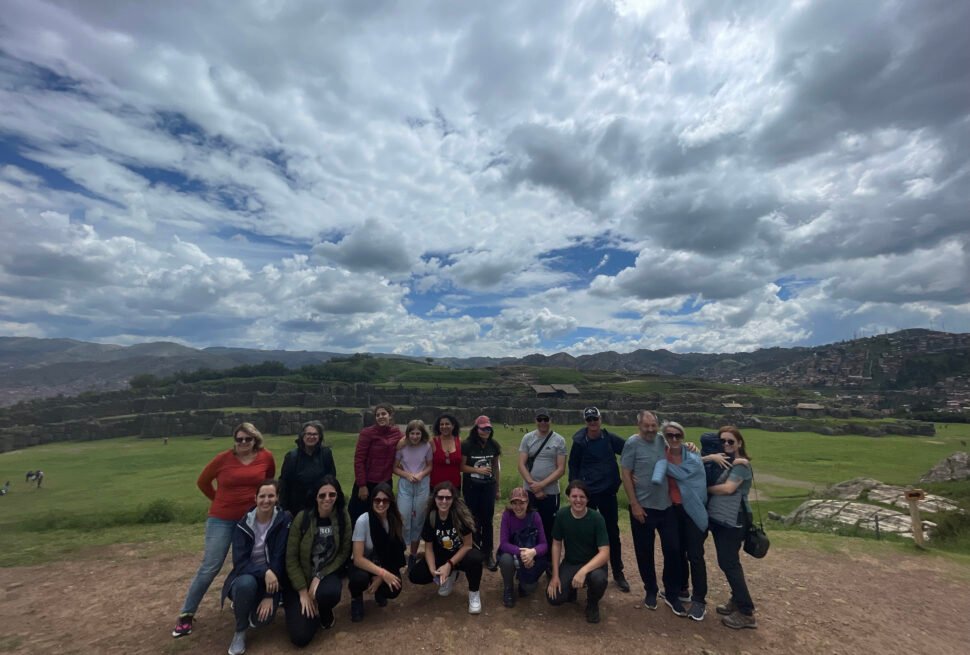The Inca civilization was the largest empire in pre-Columbian America, a legacy that resonates in every stone of Cusco and the imposing citadel of Machu Picchu. But what forces drove this culture to build cities in the clouds and dominate the Andes? In Machu Picchu Exploration, we invite you on a journey through the stories, deep beliefs, and engineering that made their greatness possible.
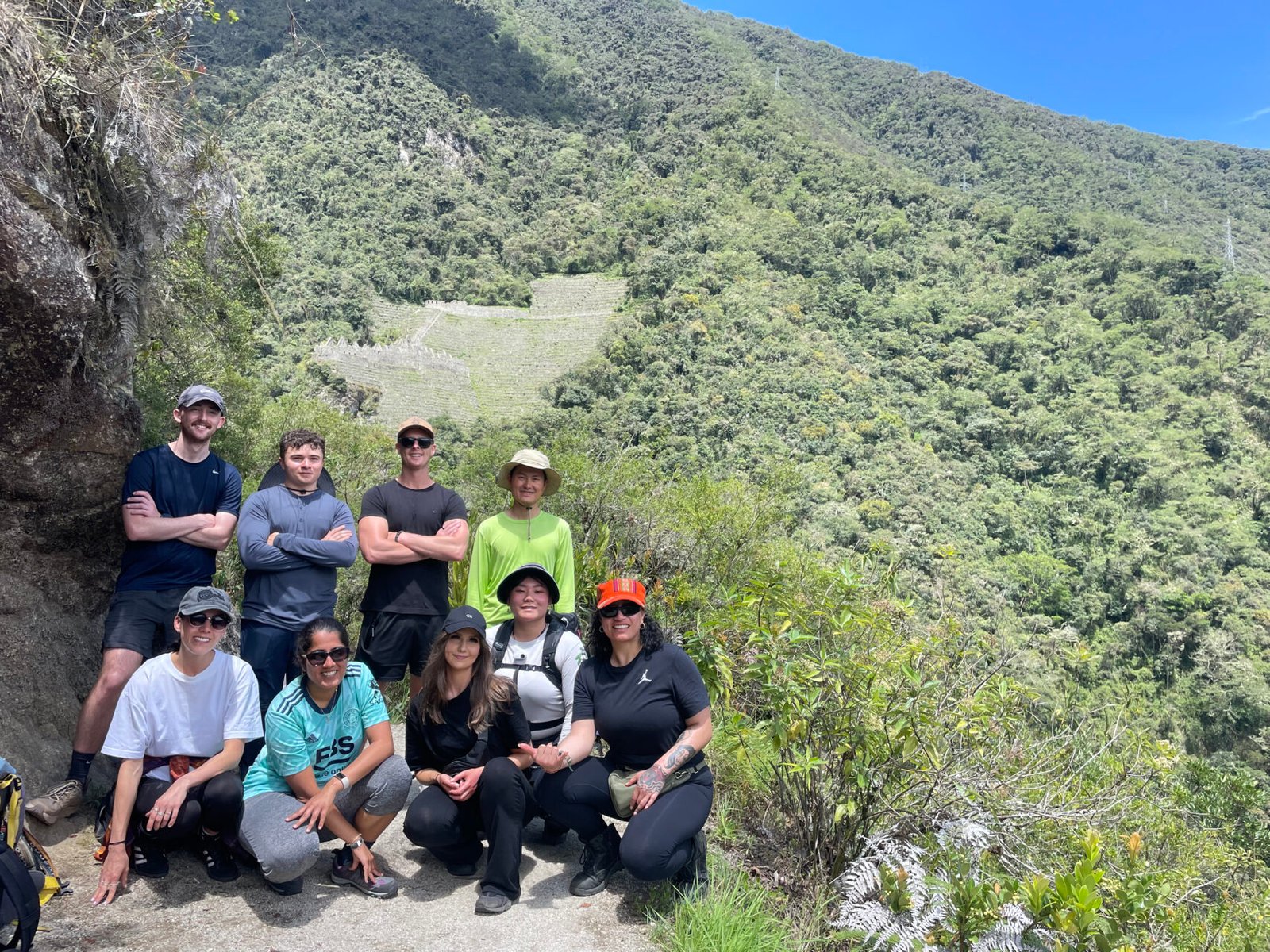
- Beliefs: A Transcendental Worldview
For the Incas, life was intrinsically linked to nature, and every natural element was a deity. Their worldview was based on harmony and reciprocity (Ayni).- Inti, the Sun God: He was the most important deity and the direct ancestor of the Inca rulers. The sun not only provided light and heat, but was essential for agriculture.
- Pachamama, Mother Earth: The deity of fertility and abundance. The Incas worshipped him with offerings to ensure good harvests and protect the people. You’ll see these offerings during a Sacred Valley tour.
- The Apus, Spirits of the Mountain: Snow-capped peaks were considered protective and guardian deities. The snow-capped Salkantay, for example, is a powerful Apu on the hiking trail, adding spiritual significance to Machu Picchu tours.
- Stories of Power and Expansion
The empire, known as Tahuantinsuyu (the “Four United Regions”), expanded rapidly in just 100 years (15th and 16th centuries) under the leadership of great Inca Sapas (rulers).- Pachacútec, the Transformer: He is the central figure in the construction of Machu Picchu and the expansion of the empire. His vision transformed a small kingdom into a vast empire that stretched from Colombia to Chile.
- The Inca Road Network (Qhapaq Ñan): To hold such a vast empire together, the Incas built more than 30,000 km of roads. This astonishing network facilitated trade, communication, and troop movement, demonstrating unprecedented logistical organization.
- Engineering That Defied Gravity
The Incas’ most impressive feat was their architecture, which withstood the passage of time, earthquakes, and even the Spanish conquistadors.- Perfect Masonry: The Inca stonemasonry technique involved cutting stones with such precision that they fit together perfectly without mortar. This is known as earthquake-resistant construction. You can see it in the famous Twelve-Angle Stone in Cusco.
- Hydraulic Systems: At sites like Tipón and, of course, Machu Picchu, the Incas demonstrated their mastery of water. They created canals and fountains that worked by gravity, providing clean water to the citadel and demonstrating their genius for resource management.
- Agricultural Terraces: The stepped terraces not only prevented erosion on the mountain slopes but also created artificial microclimates, as seen in Moray. This is key to understanding how the Incas ensured food production.
Experience History Every Step of the Way with a Private Guide
The best way to understand these stories and complexities is with an expert. When you book a private Machu Picchu tour with us, you’ll get a guide who brings the stones to life, explaining the purpose of each temple and the spiritual connection that endures to this day.
Let Machu Picchu Exploration reveal the secrets of the Inca Empire to you on your next Cusco trip!
